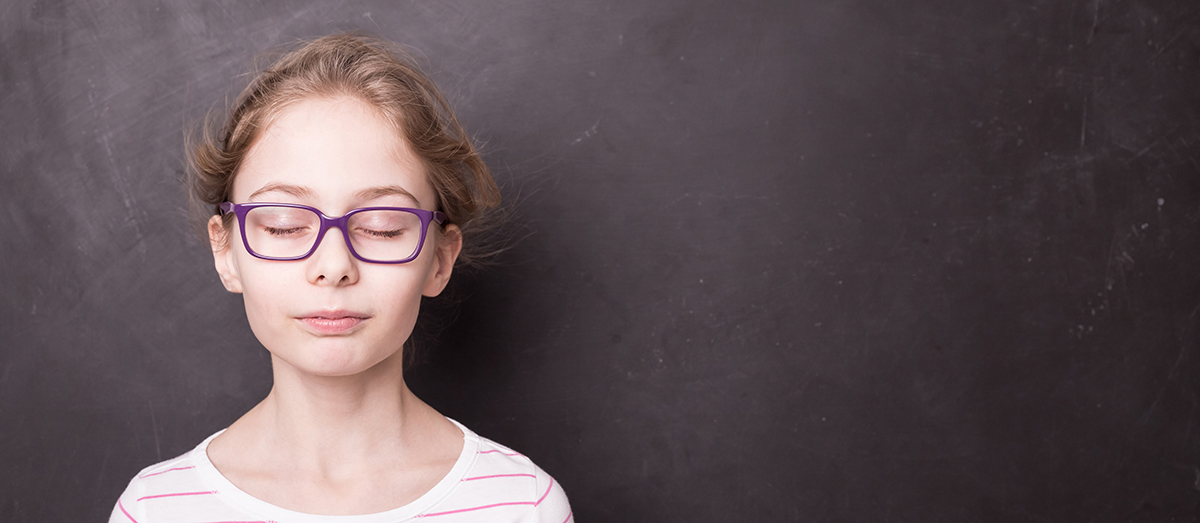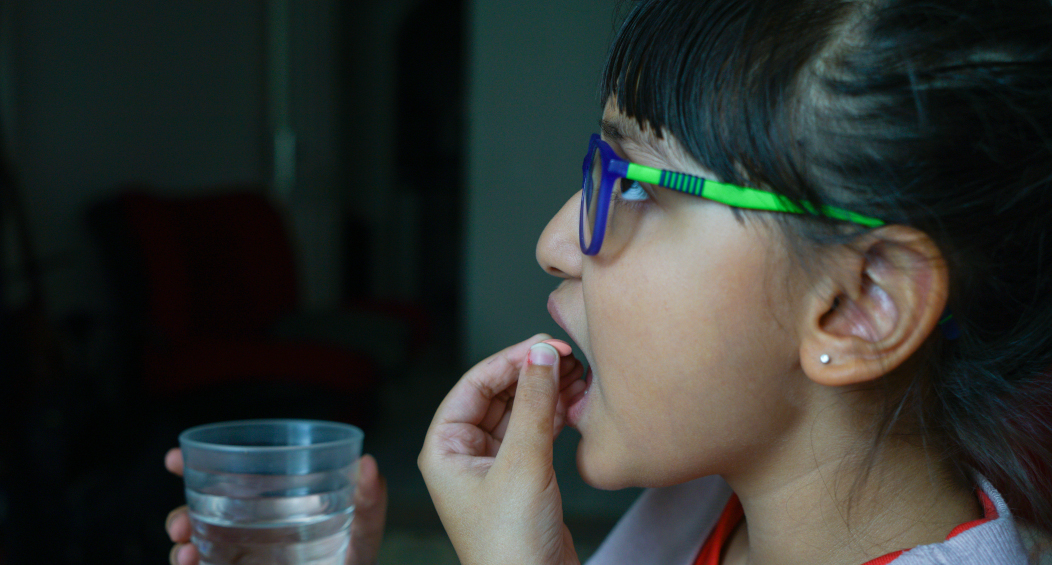Taking care of your family’s mental health is just as important as taking care of their physical health. During this time of stress and uncertainty related to COVID-19, now is a great time to teach children how to do this!
What is Cognitive Behavioral Therapy (CBT)?
Cognitive behavioral therapy (CBT) is the best, most evidence-based treatment we have to help kids’ mental health. To understand how CBT works, we first teach children how our thoughts and actions affect our feelings and body responses. Once kids grasp that, we explain how we have the power to change our thoughts and actions to balance out any physical and emotional feelings that are bothersome or unhelpful.
CBT is a helpful intervention for kids ages eight and older. Children can learn CBT strategies—like putting “tools” in their “toolbox”—to manage a specific problem, such as having anxiety about going to school or feeling upset about the limitations of a chronic health condition. These tools can also be useful in everyday life. As stress, anxiety, sadness and frustration arise, kids can learn how to make these feelings more manageable so that they can continue doing the things they want to do. It is a tool that they can keep in their toolkit to build a better daily experience for current as well as future challenges.
Practice CBT with this Diagram 
To help children learn how to use CBT and build their own “coping toolbox”, we have created the diagram to the right . Here’s how you use it:
First, look at the check-in circle in the center
This prompts kids to notice how they’re feeling, acknowledge what the challenge is, and then engage in a problem solving technique.
Second, consult the four categories of the diagram: distraction, relaxation, action, and thinking
Each category has a description of the coping tool as well as a picture illustrating different ideas. These are just our suggestions! Be creative and work with your child to come up with ideas that will give them the desired effect. For example, maybe your child’s favorite way to relax is to listen to quiet music while snuggling with their pet. Or their best distraction is building a big puzzle with the family.
Third, personalize it for your kids and come up with a plan
Have a discussion about how each category might apply to your child in a specific situation. Just as different tools are useful for different building projects, different coping tools are useful for different situations. For instance, when stressed or worried, kids might find relaxation helpful that can slow down their mind and body. Or, when they feel sad, they might enjoy a distraction tool more, such a pleasant activity that can improve their mood. Consider whether your child prefers activity-based coping tools (such as distraction or action) versus quieter tools (such as relaxation and thinking). What’s most important is that they do something constructive – anything! – when they are feeling distressed.
More resources like this are available on our website. A team of psychologists at Cincinnati Children’s developed and compiled coping resources for both kids and adults, including handouts and links to reputable apps and websites.






Interesting articles